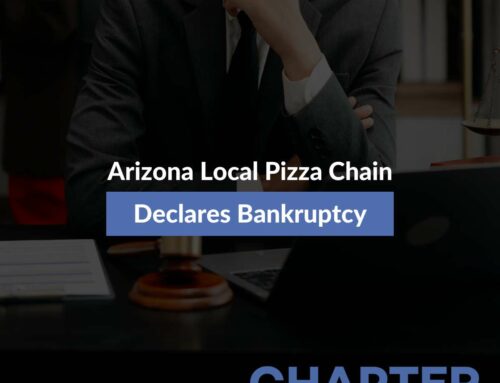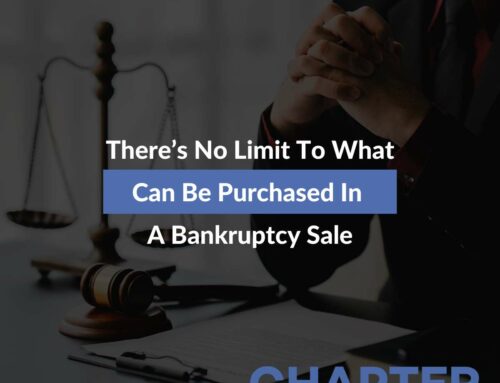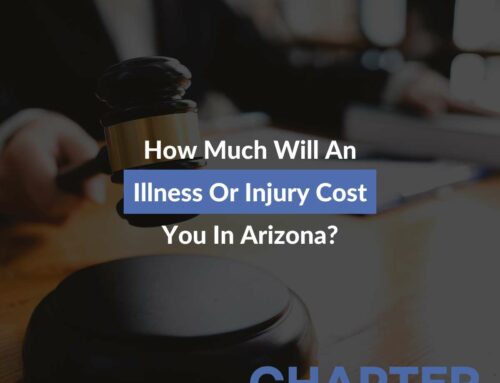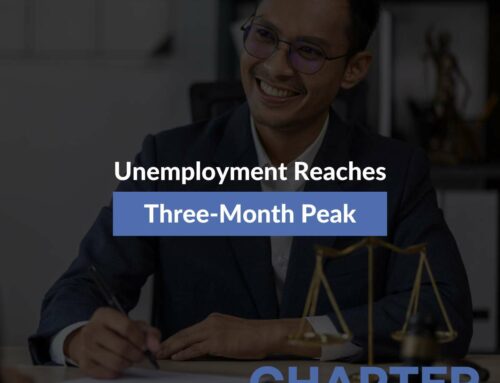Life is more costly than ever, and people have to get creative to make their income meet their expenses. In the past, owning a home notoriously provided more value than renting, with home mortgages costing only slightly more than monthly rent. Getting roommates could pay the mortgage and make home ownership a worthwhile investment. But home costs in Arizona have risen, as well as interest rates on home loans. So have expenses for necessary home maintenance, landscaping, etc. Now buying a home is less attainable as an investment property for the average family, or even as just a place to live. If you own your own home, it may be getting harder and harder for you to pay your bills each month. You may be accruing debt to make ends meet, or be close to falling behind on your mortgage payments, which puts you at risk of home foreclosure. Bankruptcy might be able to make your life more affordable under the right circumstances. Our firm offers free debt evaluations by phone so you can make that determination with no risk or obligation. Schedule yours today by calling 480-405-1010.
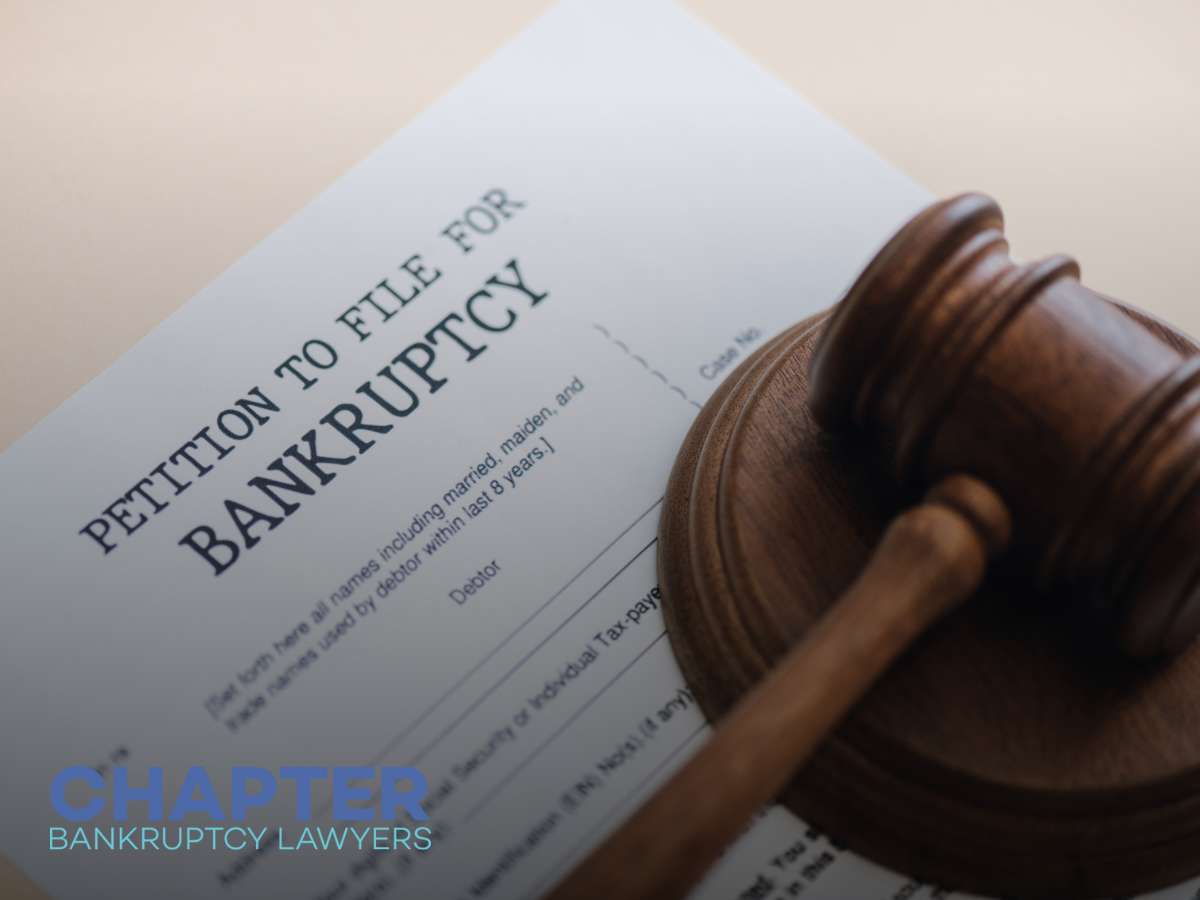
Stopping a Home Foreclosure
If you have fallen behind on mortgage payments you can’t afford, your lender may have initiated home foreclosure proceedings against you. If owning a home has been your dream, home foreclosure will be your worst nightmare. It is the very public loss of your home, uprooting your life and all of your possessions, finding a new place to live with a foreclosure on your credit report, and so much more. So if you’ve been putting off filing for bankruptcy because of fears about what it might do to your credit, keep in mind that it probably isn’t worse than a home foreclosure. Filing for bankruptcy stops a home foreclosure, at least temporarily. It can be filed at any point until the house is actually up for auction to stop the sale, although it’s preferable for the debtor to file their petition before this date.
Once a bankruptcy petition has been filed, the debtor becomes protected by the Automatic Stay. It stops creditors from proceeding with a home foreclosure and any other collection effort until the case is discharged or dismissed. If the lender can continue with the home foreclosure afterward depends on what happens during the bankruptcy. Chapter 7 bankruptcy gives debtors temporary relief from secured creditors, but might not solve the underlying root of disputes with secured creditors, like home lenders. If a chapter 7 bankruptcy debtor doesn’t catch up with their mortgage balance in arrears before their case is discharged, the home lender may proceed with the home foreclosure following discharge. This typically gives a chapter 7 debtor just a few months to resolve the balance.
Filing for chapter 13 bankruptcy can provide a more stable option to stop a home foreclosure. Your balance in arrears and monthly mortgage payment will be considered when calculating your payment plan. Chapter 13 payment plans last either three or five years. If you successfully complete the payment plan, your home should be safe from foreclosure after your case has been discharged.
Clearing Secondary Mortgages on Your Home
When times are tough, some homeowners will take out a second, or even a third, mortgage on their homes. This can provide an influx of cash to take care of an emergency situation, but it significantly increases that household’s monthly expenses. A homeowner with subsequent mortgages on their home is at an elevated risk of home foreclosure, as there are multiple mortgage payments they could miss and initiate foreclosure proceedings. All of this gives the homeowner extra incentive to declare chapter 13 bankruptcy.
Many people who are first considering bankruptcy assume they want to file chapter 7 bankruptcy- who wouldn’t want to have debts wiped away rather than repay them? But a debtor with multiple home mortgages may want to consider chapter 13 because of its unique ability to erase secondary home mortgages. This concept applies if the debtor is underwater on their home with more than one mortgage payment. Want to be sure you qualify for secondary mortgage liquidation in chapter 13 bankruptcy in Arizona? Schedule your free consultation with Chapter Bankruptcy Lawyers at 480-405-1010.
Loan Reaffirmation Through Bankruptcy
When a debtor files for bankruptcy and clears their financial obligations, some secured creditors will pressure the debtor to sign a reaffirmation agreement to keep the collateral asset. The two main assets where reaffirmation agreements are relevant are homes and cars. It ensures that the lender won’t repossess the asset due to the bankruptcy filing, but also that the debtor could be left with a deficiency balance if their asset is ever repossessed. If the debtor is current on their mortgage payments, there is no need to sign a reaffirmation agreement, and they can simply continue to stay and pay. Therefore, most bankruptcy lawyers advise their clients not to sign reaffirmation agreements. However, sometimes the debtor might be able to derive benefit from signing a reaffirmation agreement for their home mortgage. A judge might not even approve the reaffirmation agreement if they don’t find it to be in the debtor’s best interest. Therefore, a debtor shouldn’t consider reaffirming their home mortgage unless they are offered more favorable terms, such as a lower interest rate or other modification.
Refinancing Your Home After Bankruptcy
Some homeowners refinance their homes to reduce their monthly mortgage payments. If you plan to do so in the near future, you need to take this into consideration when deciding if you will file for bankruptcy. Bankruptcy debtors are disqualified from most home mortgages for two years after declaring bankruptcy. In a similar vein, bankruptcy debtors are also disqualified from refinancing their homes for a certain period of time after receiving a bankruptcy discharge. Chapter 7 debtors looking to refinance a conventional loan must wait four years from their discharge date, or 2 years for an FHA loan refinance. Chapter 13 debtors must wait for the first of two to occur to refinance a conventional home loan: two years from discharge or four years from filing. To refinance an FHA loan, a chapter 13 debtor can refinance immediately after discharge if their plan was paid in full, otherwise, they must wait one year from discharge with court approval to refinance their home.
The waiting periods after bankruptcy discharge pose a serious hurdle to a debtor later refinancing their home. But there may also be benefits to waiting until after bankruptcy to refinance, even if it is a long wait. That waiting period may give the debtor time to rebuild their credit after bankruptcy discharge. This could qualify them for a more favorable rate at refinancing.
Want To See How Bankruptcy Could Turn Around Your Financial Situation? Schedule Your Free Debt Evaluation Today.
Bankruptcy is a powerful method of debt relief in Arizona for individuals struggling to pay their mortgage and other debts. But if your mortgage is a primary concern, bankruptcy can also require extra planning to be the most effective. That’s why you should thoroughly review your potential filing with an experienced bankruptcy professional. Our firm helps Arizona residents file for bankruptcy quickly and accurately with flexible payment plan options starting at Zero Dollars Down. Schedule your free debt evaluation today by calling 480-405-1010.
CHAPTER BANKRUPTCY LAWYERS
Email: [email protected]
Website: www.chapterbankruptcylaw.com
Mesa Office
3707 E Southern Ave
Mesa, AZ 85206
Office: 480-405-1010
Tempe Office
4500 S Lakeshore Dr #300
Tempe, AZ 85282
Office: 480-562-6145



